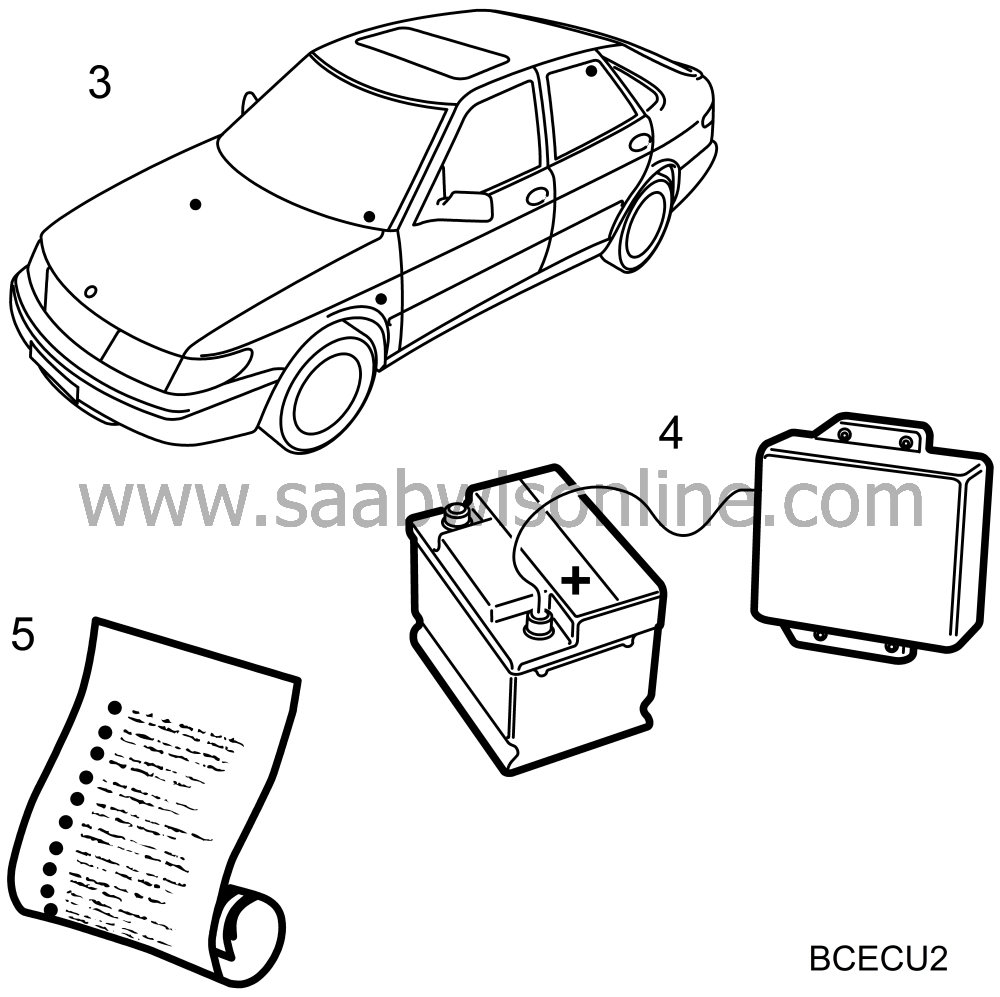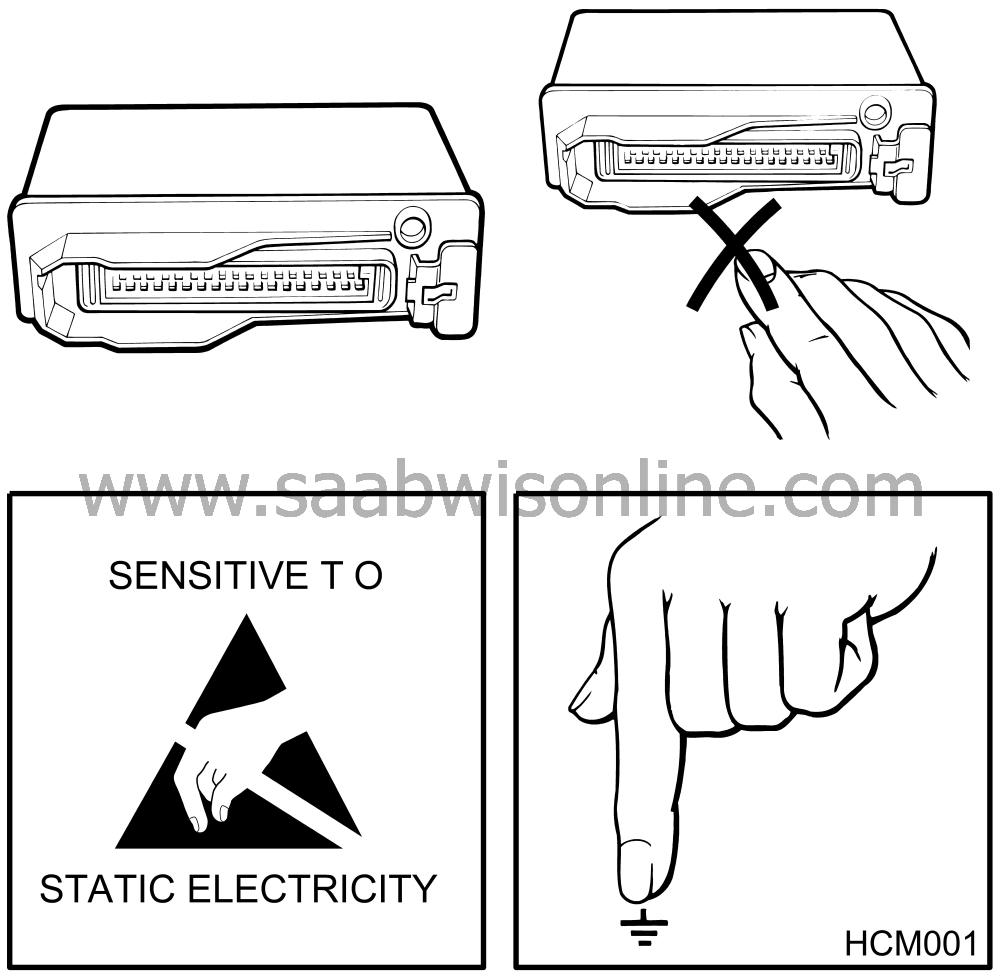Procedure for replacing the controlmodule
|
|
Procedure for replacing the control
module
|
When all tests have been conducted as described in the action program for the
particular diagnostic trouble code and no fault has been found, it is natural to assume that the
control module is faulty.
Considering that the control module is both a very high quality and a very expensive
component, it is important to be as sure as possible of the diagnosis.
Run through the following points very carefully before definitely deciding that the control
module is the cause of the fault.
|
1.
|
Check one more time that the
points in the fault diagnosis schedule for the appropriate code have been
followed.
|
|
2.
|
Study the wiring diagram for the circuit in question and make sure that you
understand it. If necessary, refer to the appropriate parts in the technical description and the
electrical function description in Service Manual "3:2 Wiring Diagrams".
|
|
3.
|
Check all grounding points. If you have done this before, do it
again.

|
|
4.
|
Check the voltage feed and fuses to the control module.
|
|
5.
|
Check that no contact-pin slide-out has occurred in the control module's
connector.
|
|
6.
|
If the original fault still persists, the control module will have to be
changed.
|

All control modules are sensitive to static electricity and can, if they are handled
incorrectly, be damaged so seriously that they cease to function correctly. For this reason, it is
important that the following rules are followed at all times when the control module must be
removed or replaced for any reason.
|
•
|
Avoid unplugging or removing the
control module unless absolutely necessary.
|
|
•
|
Never touch the contact pins and never place the control module in such a way
that the pins may come into contact with any objects.
|
|
•
|
Before unpacking a new control module, ground the packing to the car body.
Open the packing as short a time as possible before fitting.
|
|
•
|
Avoid working in clothes of synthetic materials.
|
|
•
|
When working with the control module, it is important that you regularly ground
yourself to the car. This is especially important when you have been sitting in the car, when
you have changed position or moved around the car and even more important when working
under climate conditions with very dry air (for example during the winter in cold
markets).
|
|
•
|
Always handle control modules that are suspected of being faulty in the same
way. This will considerably increase the chances of finding the cause of the fault.
|





